
Why Glass Fiber Matters in GRC
Glass Fiber Reinforced Concrete (GRC or GFRC) is an advanced composite material widely used in architecture, landscaping, and urban furniture. Its performance relies heavily on alkali-resistant (AR) glass fiber, which gives GRC its characteristic balance of flexibility, durability, and formability.
By using the right type and dosage of glass fiber, manufacturers ensure that products like GRC planters, cladding panels, and outdoor furniture meet strict mechanical and aesthetic standards.
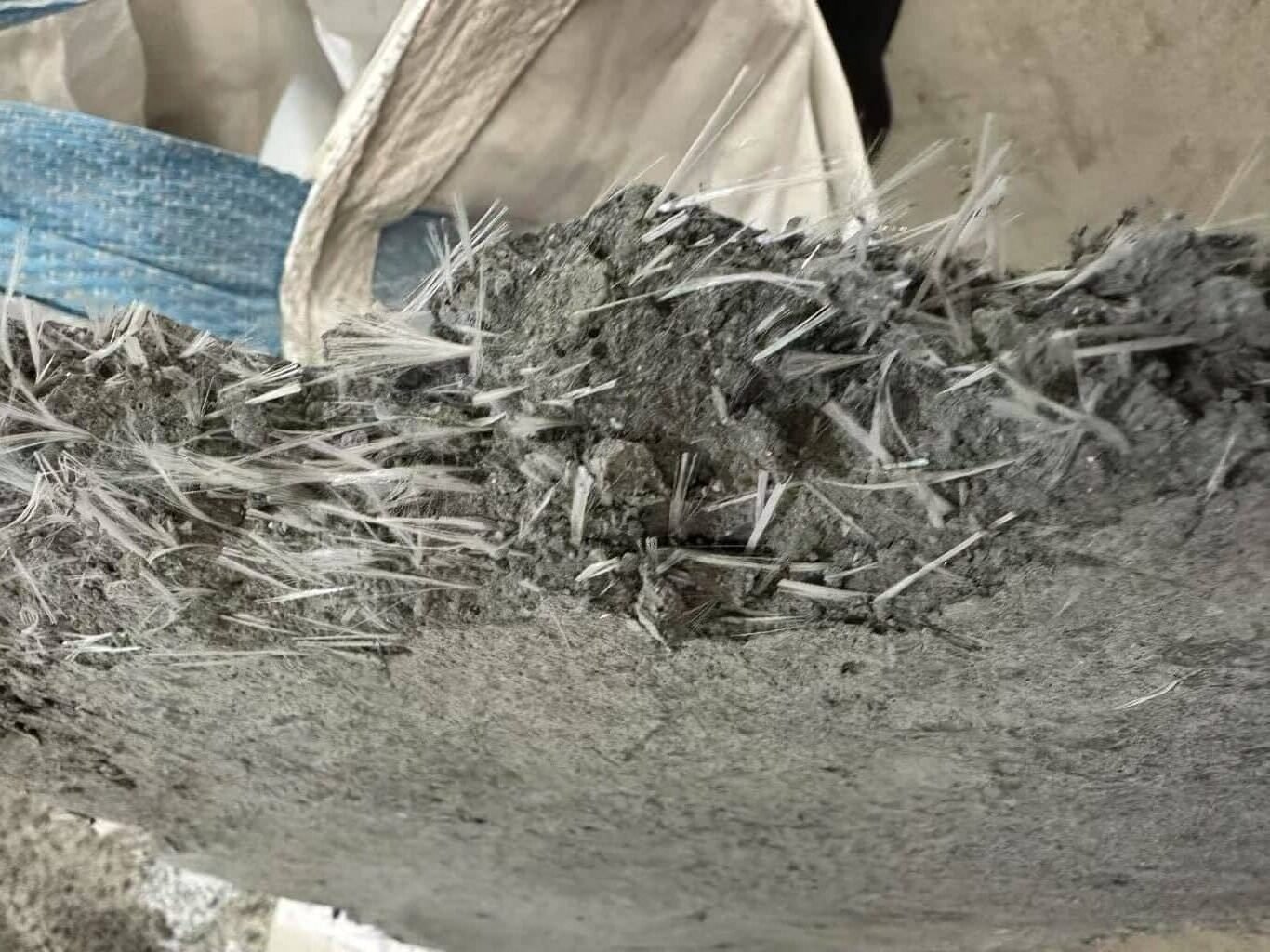
Durability in Outdoor Environments
AR glass fiber resists corrosion in cement’s alkaline environment, providing long-term structural integrity even under:
Intense UV radiation,
Wet/dry cycles, snow, and freeze-thaw conditions,
Aggressive urban or marine environments.
This makes GRC a reliable, low-maintenance material for long-lasting outdoor installations.
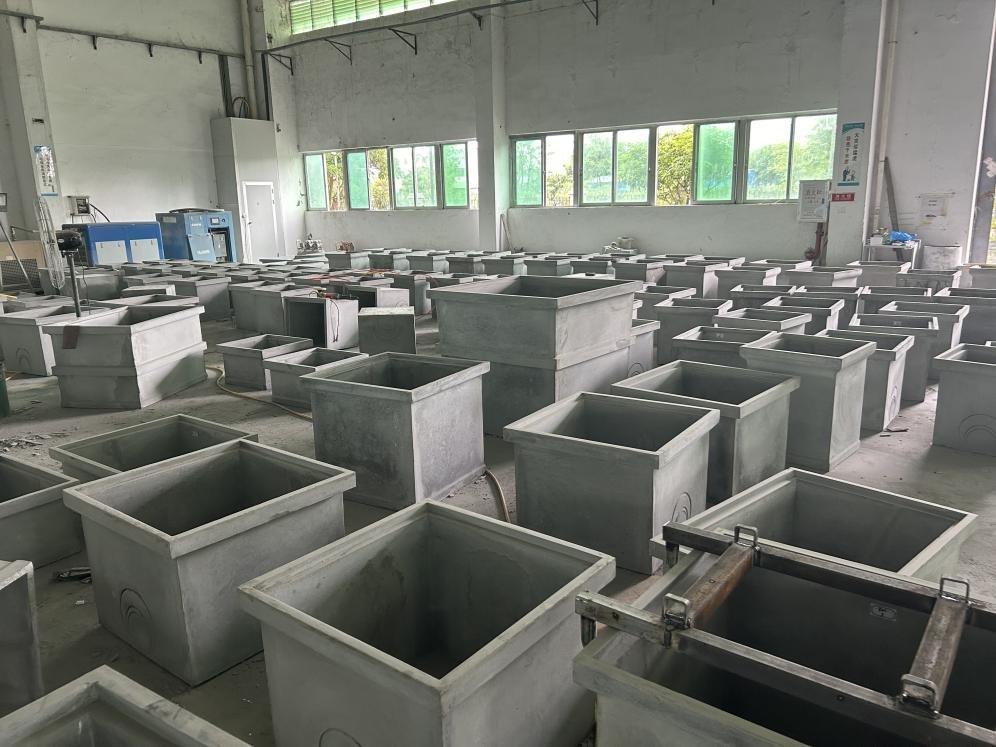
Why Alkali-Resistant (AR) Glass Fiber Is Essential
-Resistance to Cement Chemistry
AR glass fiber is engineered with high zirconia content (≥16.5%) to withstand the high alkalinity of cement paste. Without this, ordinary fibers would quickly deteriorate, leading to:
Reduced mechanical properties,
Early-age cracking,
Product failure in outdoor environments.
– Industry Standards and Dosage
According to international best practices (e.g., GRCA guidelines), the minimum recommended AR fiber content in GRC is:
3.5% to 5.0% by weight of cement (depending on design method, e.g., premix or spray-up),
Fiber must be well-dispersed to ensure consistent reinforcement throughout.
Lower dosages may compromise structural integrity, while overdosage could cause workability issues or surface roughness.
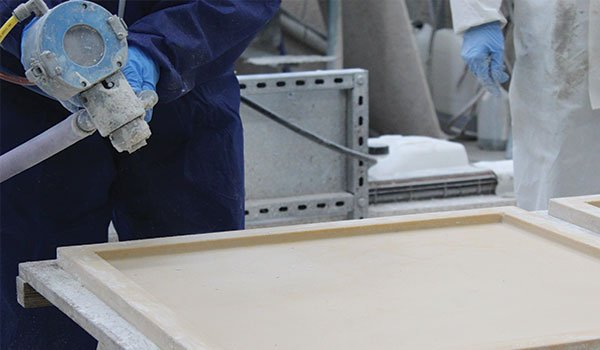
Washout Test: Ensuring Fiber Dosage and Mechanical Compliance
-What Is the Washout Test?
A quality control method that verifies the actual fiber content in fresh GRC mix. The test involves:
Taking a sample of the wet mix,
Washing out the cementitious materials,
Collecting and weighing the remaining glass fibers.
-Why It Matters?
Confirms that fiber content meets design targets (3.5–5.0%),
Ensures mechanical properties such as tensile and flexural strength,
Prevents variability between batches,
Demonstrates compliance with industry specifications.
At Conshell, we conduct routine washout tests to ensure that every GRC flower box or cladding panel has the correct amount of reinforcement for long-term performance.

Sustainability and Material Efficiency
GRC contributes to low-carbon construction and green design by:
Replacing steel reinforcement with lighter, non-corrosive glass fiber,
Reducing material mass without compromising strength,
Lowering transport and installation impact,
Offering durability and low maintenance over decades.

Applications in Landscape and Architectural Design
At Conshell, we specialize in producing high-quality, fiber-reinforced GRC products for a wide range of architectural and outdoor applications:
Custom GRC flower boxes and planters,
Precast façade panels and wall cladding,
Public space furniture like benches and bollards,
Lightweight decorative moldings and art panels.
All our products use certified glass fibers, protect your project’s perfection.
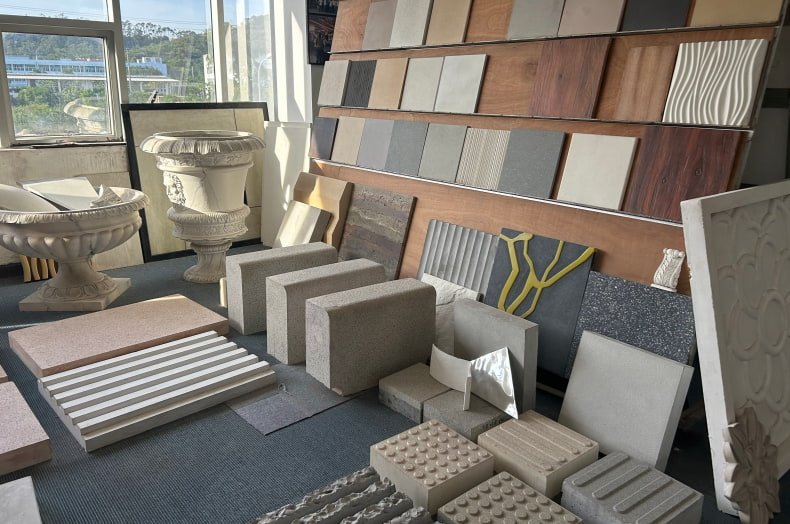
Conclusion
Glass fiber is at the core of GRC’s success — especially alkali-resistant fibers that resist long-term degradation and ensure structural reliability. Using the correct fiber type, from trusted suppliers, in the right amount — and verifying it through the washout test — is essential for meeting modern performance and aesthetic standards.
With high design freedom, outstanding durability, and eco-efficiency, GRC is a smart, sustainable material for architects, developers, and landscape designers worldwide.
Conshell is a professional manufacturer and solution provider specializing in GRC (Glass Fiber Reinforced Concrete) products for architectural and landscape applications. With years of experience in custom fabrication, mold design, and concrete technology, we deliver high-performance GRC planters, façade panels, urban furniture, and decorative elements to clients across residential, commercial, and public sectors.
What sets Conshell apart:
In-house design and mold engineering for custom and modular GRC solutions;
Commitment to durability, aesthetics, and sustainability in every project;
Flexible production capabilities for both high-volume orders and bespoke designs.
We are dedicated to helping architects, designers, and developers bring their visions to life — with GRC products that balance strength, beauty, and longevity.
For more information or collaboration inquiries, please visit our website or contact our technical team.
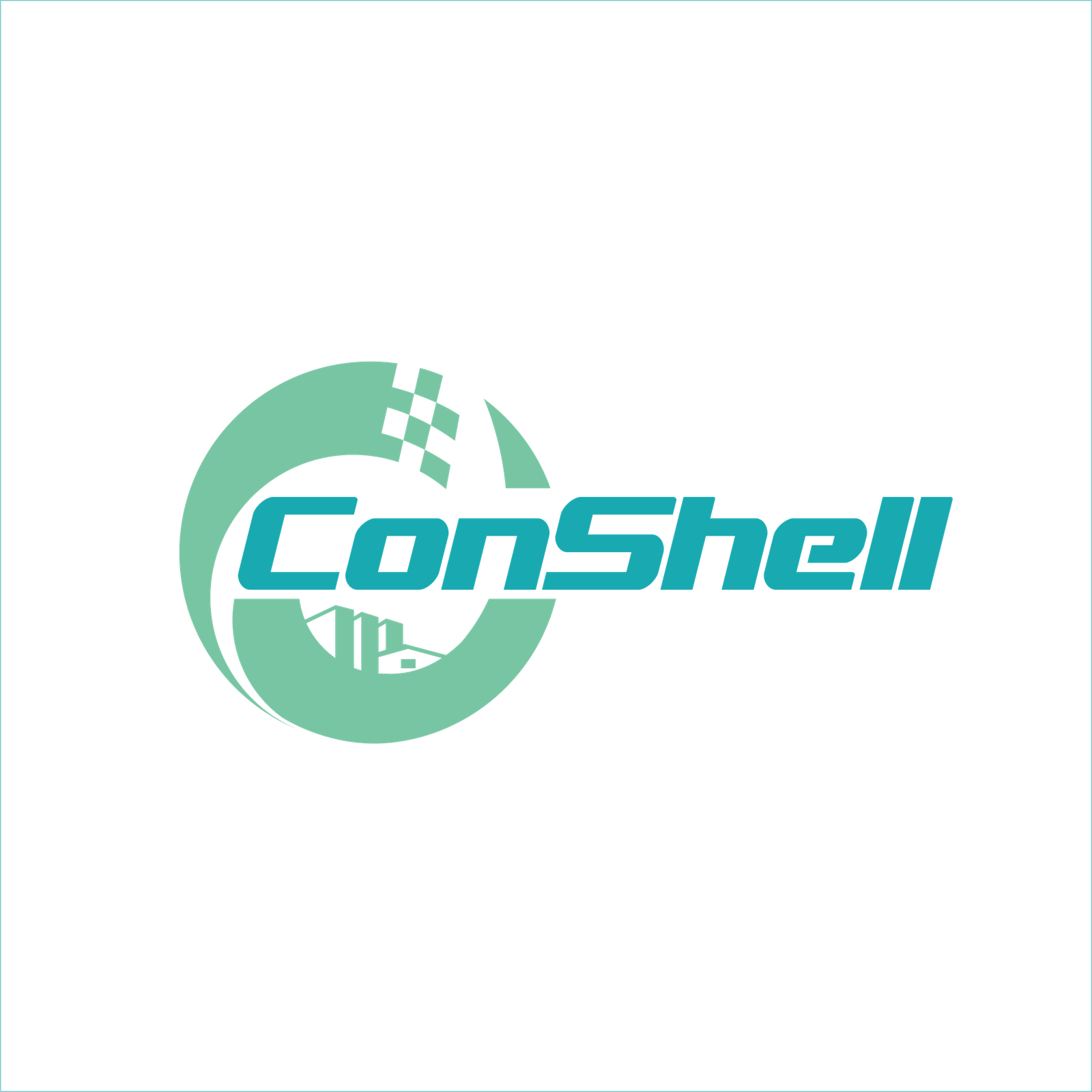
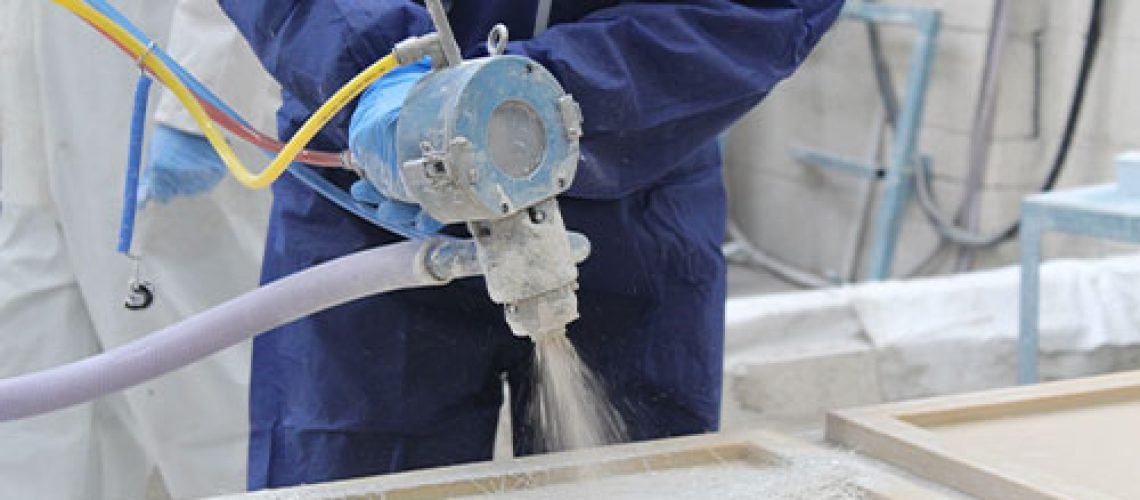
One Response